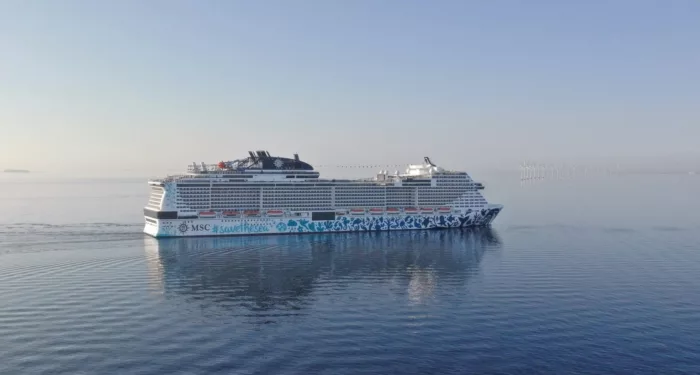Visiting:
Far East

MSC Cruises
MSC Cruises may be headquartered in Switzerland, but the ambience onboard its 23 ships is very much Italian owing to its owners, the Aponte family.
Ships feature a two-storey Mediterranean-style promenade and Instagram-worthy glass staircases filled with Swarovski crystals.
The line’s flagship is the 6,327 passenger MSC Euribia, which is MSC's second ship to run on liquefied natural gas.
5655
Passengers
1595
Crew
2019
Launched
171598t
Tonnage
316m
Length
43m
Width
23kts
Speed
14
Decks
USD
Currency
Cruise Itinerary
Ship Details


MSC Cruises
MSC Bellissima
MSC Bellissima offers a stunning array of features to rival those of her sister ship, MSC Meraviglia. Innovative MSC for Me technology connects you to your fellow guests, the crew and the ship itself.
Cabins
All Prices












